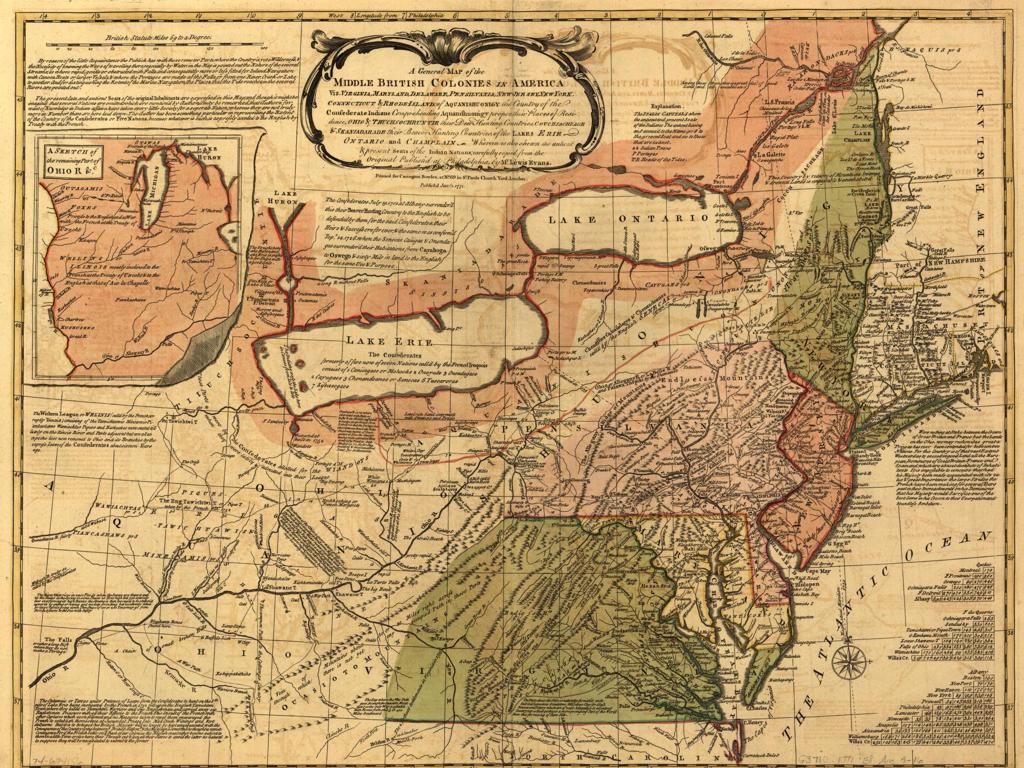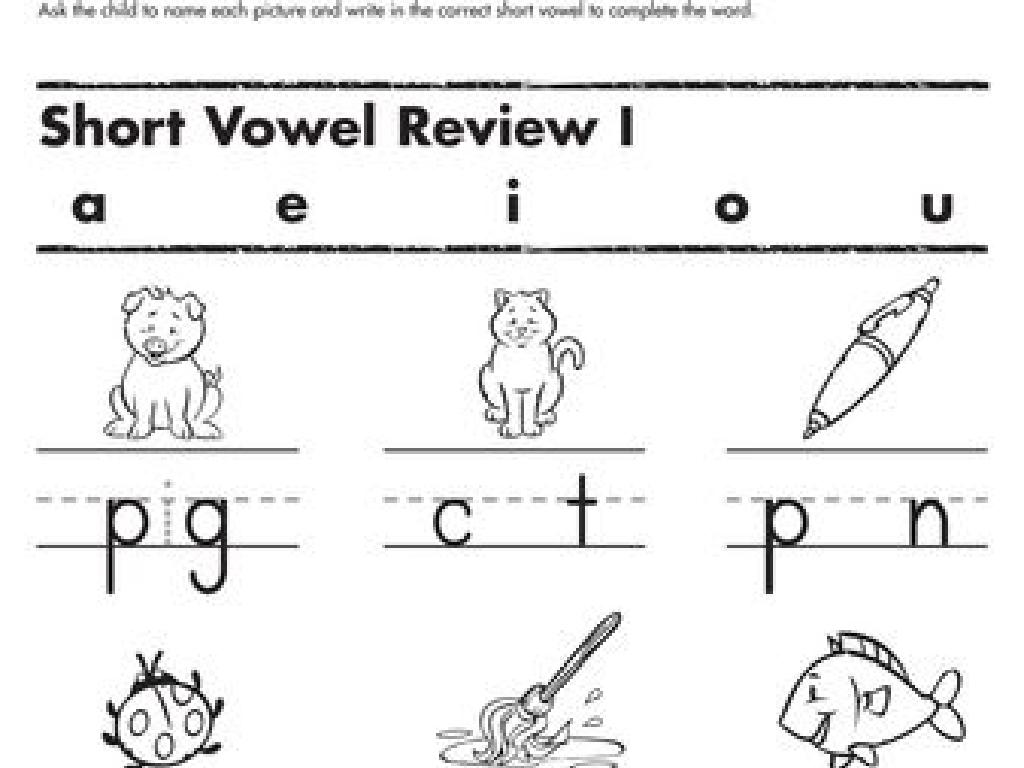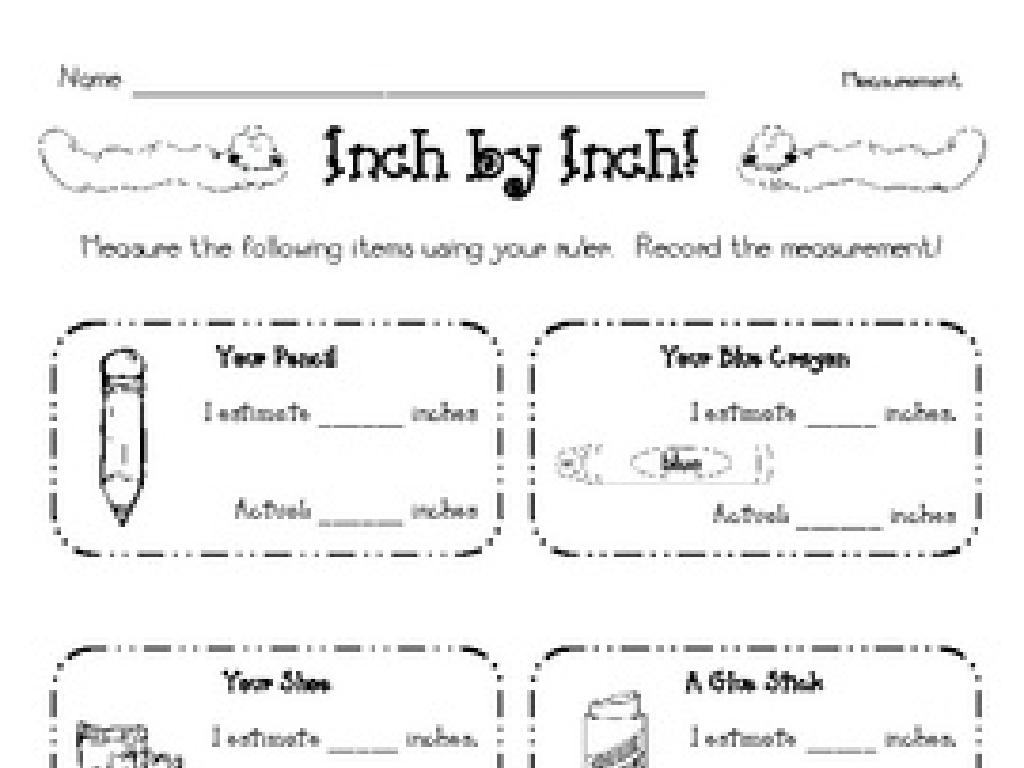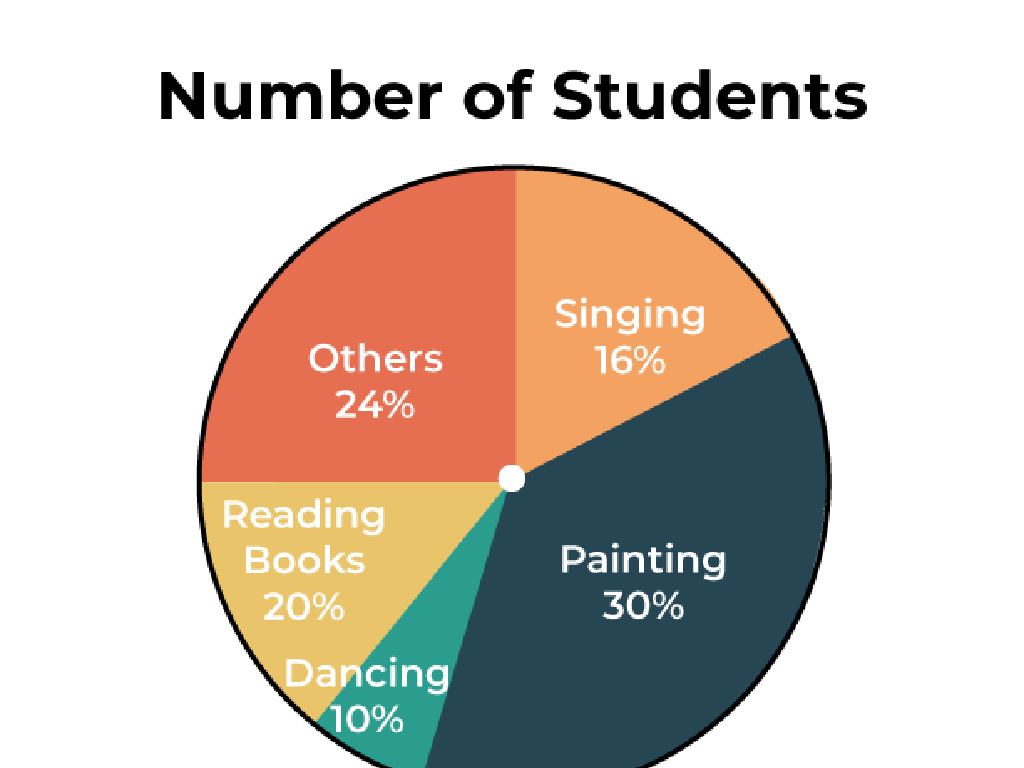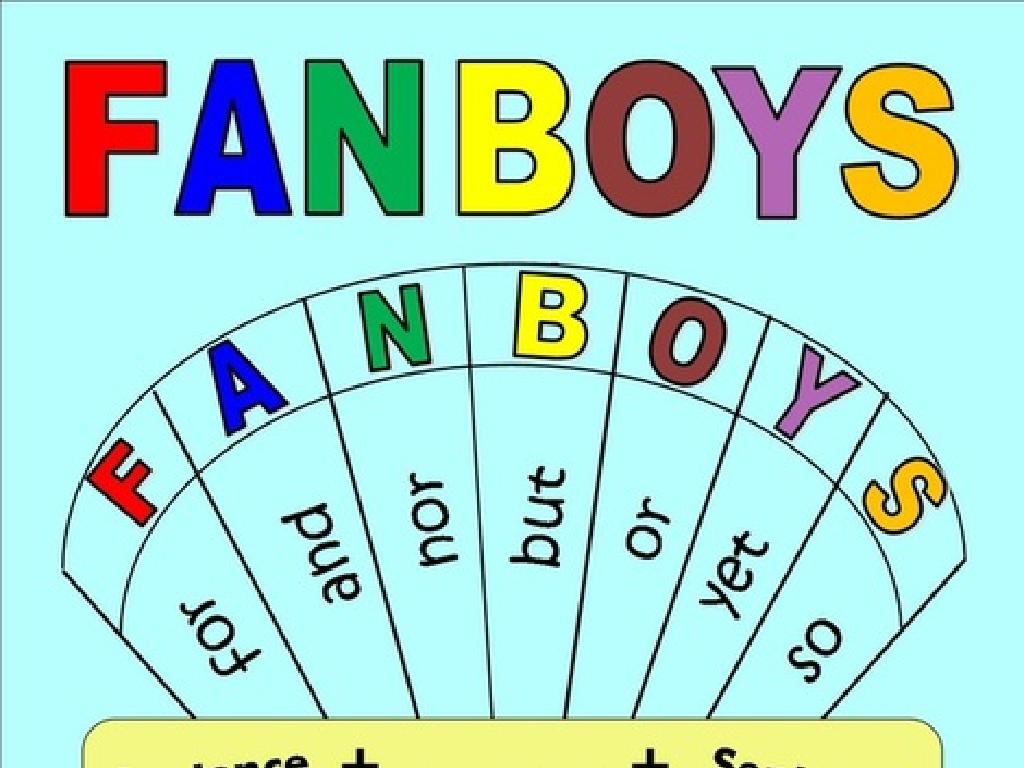Interactions Among Branches Of Government
Subject: Arts and humanities
Grade: High school
Topic: Us Government And Civics
Please LOG IN to download the presentation. Access is available to registered users only.
View More Content
The Interplay of U.S. Government Branches
– Structure of U.S. Government
– Federal system with three distinct branches
– Overview of the Three Branches
– Legislative makes laws, Executive enforces, Judicial interprets
– Branches’ Interaction and Balance
– Each branch has powers that affect the others
– Checks and Balances System
– Designed to prevent any one branch from gaining too much power
|
This slide introduces the fundamental structure of the United States government and its division into three branches: Legislative, Executive, and Judicial. It’s crucial to convey the purpose of each branch and how they are designed to work together to govern the country effectively. The Legislative branch is responsible for making laws, the Executive for enforcing them, and the Judicial for interpreting them. The concept of checks and balances is a cornerstone of this structure, ensuring that no single branch can dominate the government, thus maintaining a balance of power. Encourage students to think of examples where they have seen these interactions in current events or historical contexts.
The Legislative Branch: Congress in Action
– Congress: Role and Powers
– Congress, composed of the Senate and House, creates and passes legislation.
– Legislative Process: Making Laws
– Bills are proposed, debated, and voted on in a multi-step process to become laws.
– Senate vs House: Key Roles
– The Senate handles foreign treaties and appointments; the House initiates revenue bills.
– Significance of Bicameral Structure
– A bicameral legislature ensures a balance of representation for all states.
|
This slide aims to provide an overview of the legislative branch of the U.S. government, focusing on the role and powers of Congress. It’s crucial to explain that Congress is divided into two parts: the Senate and the House of Representatives, each with unique responsibilities and powers. The process of how laws are made should be detailed, highlighting the various stages a bill goes through before it can become a law. Discuss the importance of the Senate and the House, noting the specific powers like the Senate’s role in foreign affairs and the House’s initiation of revenue-related legislation. Emphasize the significance of having a bicameral legislature, which ensures fair and balanced representation for both smaller and larger states, and how this structure supports checks and balances within the government.
The Executive Branch: Roles and Enforcement
– The President’s multifaceted role
– Acts as head of state, chief executive, and commander-in-chief.
– Executive Branch’s law enforcement
– Implements and enforces laws written by Congress.
– The Cabinet’s advisory function
– Composed of the VP and heads of executive departments, providing counsel.
– Federal Agencies’ administrative duties
– Each agency has a specific role, like the FBI for investigation and the EPA for environmental protection.
|
This slide aims to provide a clear understanding of the Executive Branch’s structure and functions. The President’s roles are diverse, including being the face of the nation, executing laws, and leading the military. The Executive Branch’s primary responsibility is to enforce and implement laws, ensuring they are applied as intended by Congress. The Cabinet, consisting of the Vice President and department heads, serves to advise the President on various national issues. Federal Agencies carry out specific administrative functions, such as law enforcement, environmental regulation, and more. Discuss examples of how these roles interact and overlap, and how checks and balances between branches maintain a balance of power.
The Judicial Branch: Its Functions and Powers
– Supreme Court’s pivotal role
– The Supreme Court leads the federal judiciary, overseeing legal disputes and interpretations.
– Judicial review and law interpretation
– Judicial review allows courts to decide the constitutionality of laws and government actions.
– Interaction with other branches
– Courts can influence legislative and executive actions through rulings.
– Checks and balances system
– This system ensures no single branch becomes too powerful, maintaining democracy.
|
This slide aims to explain the role of the Judicial Branch in the US government, focusing on the Supreme Court and other federal courts. The concept of judicial review, which is the power of the courts to assess the constitutionality of legislative acts and executive decisions, is a cornerstone of their function. Students should understand how the Judicial Branch interacts with the Legislative and Executive Branches, forming a system of checks and balances that is essential for the functioning of a democratic government. Discuss landmark cases that illustrate these points and encourage students to think critically about the impact of judicial decisions on society.
Checks and Balances in the US Government
– Each branch’s power to check others
– Legislative, Executive, and Judicial branches can limit each other’s powers to prevent tyranny.
– Real-world examples of checks
– Veto power, impeachment proceedings, and judicial review are all checks in action.
– Significance for democratic stability
– Ensures no single branch becomes too powerful, protecting democratic ideals.
|
This slide aims to explain the system of checks and balances, which is fundamental to the US government’s structure. It’s designed to prevent any one branch from gaining too much power and to ensure cooperation between branches. Provide historical examples such as the President’s veto power, Congress’s ability to impeach, and the Supreme Court’s judicial review authority. Discuss how these checks and balances operate in practice and why they are essential for maintaining a stable and fair democracy. Encourage students to think critically about how this system impacts their daily lives and the functioning of the government.
Separation of Powers in U.S. Government
– Essence of Separation of Powers
– Ensures no single branch becomes too powerful
– Safeguard against power abuse
– Each branch has distinct responsibilities, limiting its scope
– Separation of Powers and liberty
– Protects individual freedoms by preventing tyranny
– Checks and Balances system
|
The concept of Separation of Powers is fundamental to the structure of the United States government. It divides the government into three branches: legislative, executive, and judicial. This separation is crucial for preventing any one branch from gaining too much power, which could lead to an abuse of power and tyranny. By having distinct and separate roles, each branch can check and balance the others, which is essential for maintaining a fair and just government. This system also plays a vital role in protecting the liberties of citizens by ensuring that their rights are not infringed upon by an overreaching government. In class, discuss historical examples where the lack of separation of powers led to tyranny, and contrast with the U.S. system. Encourage students to think about how this principle applies to current events and the importance of an informed electorate in upholding these checks and balances.
Interbranch Relationships in US Government
– Cooperation is key among branches
– Each branch must work together to govern effectively.
– Compromise and negotiation roles
– These are essential for passing laws and policies.
– Analyzing case studies
– Historical events show interbranch dynamics in action.
– Understanding checks and balances
|
This slide aims to explore the complex relationships between the legislative, executive, and judicial branches of the US government. Emphasize the importance of cooperation among the branches to ensure a functioning democracy. Discuss how compromise and negotiation are vital in resolving conflicts and facilitating the passage of legislation. Use case studies, such as the passing of a significant bill or a Supreme Court decision, to illustrate these interactions in a real-world context. Highlight the system of checks and balances designed to prevent any one branch from gaining too much power. Encourage students to think critically about how these mechanisms impact current events and the governance of the country.
Class Activity: Mock Government Simulation
– Divide into three branch groups
– Simulate roles in bill passage
– Each group will enact how their branch would debate, modify, approve, or reject a bill
– Discuss interbranch challenges
– Consider the power dynamics, negotiations, and compromises involved
– Reflect on the simulation’s outcome
– Share experiences and insights gained from the activity
|
This class activity is designed to give students a practical understanding of how the legislative, executive, and judicial branches of the U.S. government interact with each other, especially in the context of passing a bill. By dividing the class into three groups, each student will have the opportunity to role-play and engage with the responsibilities and powers of each branch. Encourage each group to think critically about their role and how they must work with the other branches to achieve their goals. After the simulation, lead a discussion to reflect on the challenges faced during the simulation, such as communication barriers or conflicts of interest, and the successes, such as effective negotiation or compromise. This will help students appreciate the complexities of interbranch interactions within the U.S. government.

